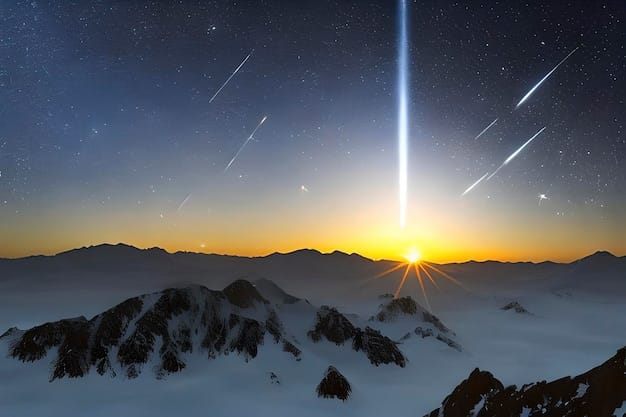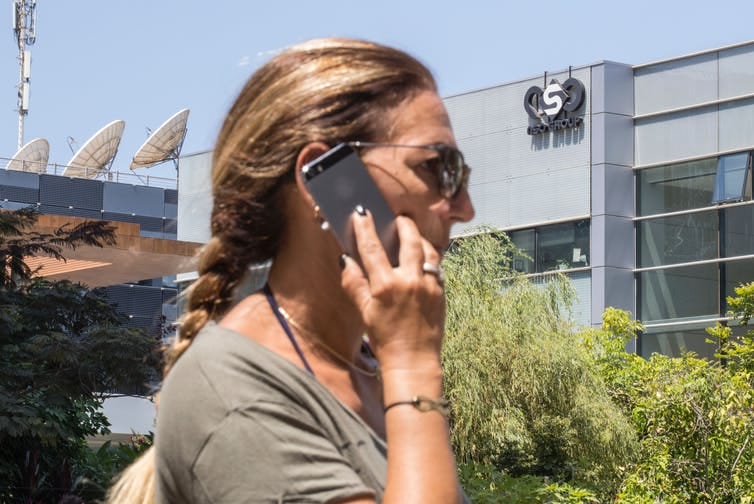The Quadrantid meteor shower is an annual astronomical event that marks the beginning of the meteor shower calendar for the year. In 2025, this spectacular display is expected to peak during the night of January 3rd into the early hours of January 4th. Known for its bright and colorful meteors, the Quadrantids are one of the most intense meteor showers, although they are often overshadowed by other more popular showers like the Perseids and Geminids.
The Quadrantids originate from the debris left behind by the asteroid 2003 EH1, which is thought to be a dormant comet. As Earth passes through this trail of particles, they enter the atmosphere at high speeds, creating the stunning streaks of light that we observe as meteors. The Quadrantids are unique in that they have a very sharp peak, which means that the best time to observe them is limited to just a few hours. During this peak, observers can expect to see as many as 120 meteors per hour under optimal conditions, making it a thrilling experience for those who venture out to witness it.
To maximize the chances of seeing the Quadrantids, it is important to find a location with minimal light pollution. Rural areas, away from city lights, offer the best viewing conditions. Additionally, the Quadrantid meteor shower is best viewed after midnight, with the hours leading up to dawn typically providing the most meteors. This is due to the orientation of the Earth relative to the debris stream, which becomes more favorable as the night progresses.
In 2025, the moon will be in a waxing gibbous phase during the peak of the Quadrantids, which means that its brightness could interfere with visibility. However, this does not mean that the shower will be entirely obscured. Observers may still catch glimpses of meteors, especially those that are particularly bright. The key is to allow the eyes to adjust to the darkness, which can take approximately 20 to 30 minutes. Once acclimatized, observers should lie back and scan the sky, focusing on the area of the constellation Boötes, where the meteors will appear to radiate from.
For those who are new to meteor watching, it is important to dress warmly and bring along blankets or reclining chairs for comfort. The Quadrantids occur in the winter months in the Northern Hemisphere, and temperatures can be quite low. Additionally, having a thermos of hot beverages can enhance the experience, making it more enjoyable to spend extended periods outdoors.
The Quadrantid meteor shower is not just a visual spectacle; it also serves as an opportunity for scientific observation. Astronomers and meteor enthusiasts often take part in organized watches to record the frequency and characteristics of the meteors. This data can contribute to our understanding of meteor showers and the materials that make up our solar system.
In conclusion, the Quadrantid meteor shower is a captivating event that offers a glimpse into the wonders of our universe. As the first meteor shower of 2025, it provides an excellent opportunity for both seasoned astronomers and casual observers to connect with the night sky. With proper planning and the right conditions, viewers can experience the thrill of watching meteors streak across the heavens, reminding us of the dynamic nature of our solar system.



